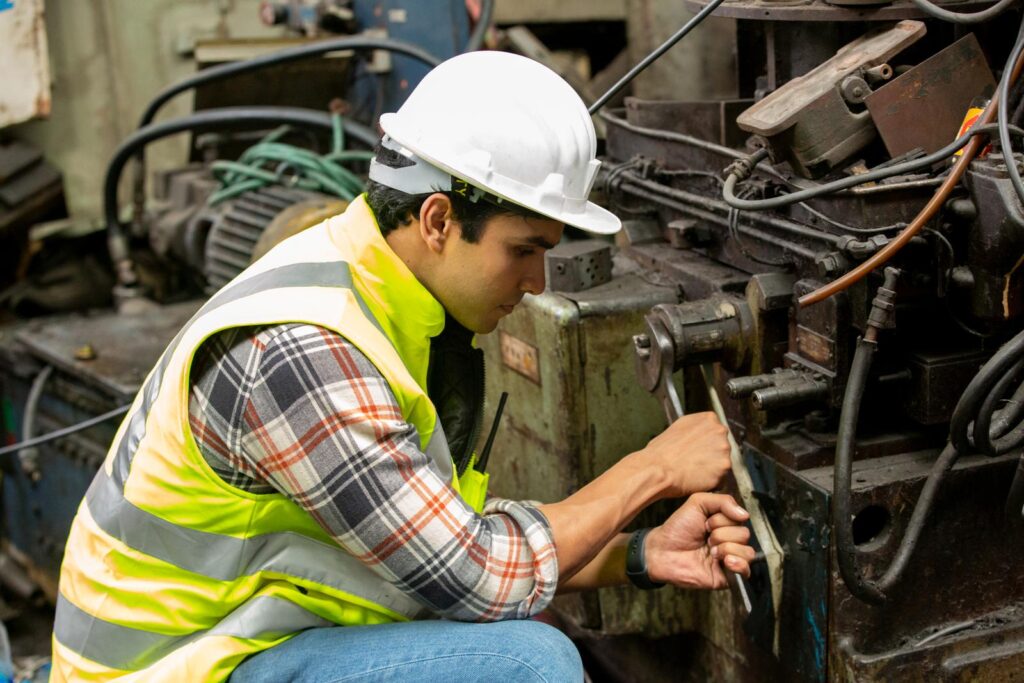Let’s talk about your dream project.
Schedule a free consultation now
The right canvas belt is essential for a successful food processing operation. Selecting the right canvas belt can be a challenging process. There are several factors to consider before purchasing, such as the material composition, width and thickness, length, colour, temperature range, tensile strength, and end-use application. In this article, we will discuss each factor to help you decide when selecting the best canvas belt for your food processing needs.
When selecting the right canvas belt for your food processing needs, material composition is one of the most important factors to consider. Different materials are available for canvas belts, each offering advantages and disadvantages. For example, polyester and nylon are two of the most common materials used in canvas belts due to their durability and resistance to abrasion. Cotton is another popular choice, as it is more lightweight and breathable than other materials, but it is not as durable as polyester or nylon. These materials can also be coated with a protective finish against spills and other contaminants. When selecting the right material for your canvas belt, it is important to weigh the pros and cons to ensure it meets your needs.
When selecting a canvas belt for food processing needs, it is important to consider the width and thickness of the belt as well. Different widths and thicknesses are available, so choosing the one that works best for your needs is important. The width of the belt should be appropriate for the application, and the thickness should be suitable for the material used.
For example, a canvas belt used for heavier-duty food processing applications may require a thicker belt than one used for lighter duties. Selecting a belt that is not too thick is also important, as this can lead to reduced flexibility and increased wear. Choosing the wrong width or thickness can lead to premature wear and tear and increase the chances of belt failure.
When purchasing a canvas belt for food processing needs, paying close attention to the length is important. Lengths vary, and your belt length will depend on the application size. For example, a longer belt may be needed for larger machines or machines with a greater output capacity. Generally, you should opt for a longer belt if you have a large machine or a higher capacity. On the other hand, a shorter belt may be more appropriate if you have a smaller machine or a machine with a lower capacity. Additionally, if you are using the belt for a conveyor system, the length of the belt should match the distance the conveyor will cover. So be sure to measure the length of the conveyor before making your selection.
Temperature range is important when selecting the right canvas belt for food processing needs. Canvas belts are designed with a specific temperature range in mind, and it is important to check that the canvas belt’s temperature range meets the application’s requirements. Generally, canvas belts can withstand temperatures between -20°C and +120°C. However, some canvas belts can withstand much higher temperatures. It is important to check the temperature range of the canvas belt to ensure it is suitable for the application. Higher temperatures may cause damage or premature wear to the canvas belt, so it is important to consider this when selecting the right one for your needs.
When selecting the right canvas belt for your food processing needs, it’s important to consider the tensile strength. The tensile strength of the canvas belt indicates its resistance to breaking and stretching under tension. Different canvas belts have different tensile strength levels, so choosing the right one for your particular needs is important.
For instance, if you require a canvas belt that can carry heavy loads, you must select one with high tensile strength. On the other hand, if the canvas belt doesn’t need to carry heavy loads and will be subject to little tension, a canvas belt with a lower tensile strength may be more suitable. It’s important to research the different tensile strengths available and compare them before making a purchase, as this will ensure that you choose the best option for your needs.

Air slides are an ingenious technology that is crucial in many industries. They are used to convey bulk materials, such as powders and granular substances, in a
Learn more
In every industry, maintaining operational efficiency and extending the life span of equipment are critical considerations. With its complex machinery and demanding
Learn more
Filter bags play a crucial role in various industries by ensuring efficient air filtration and dust collection. However, when faced with extreme dust challenges,
Learn more